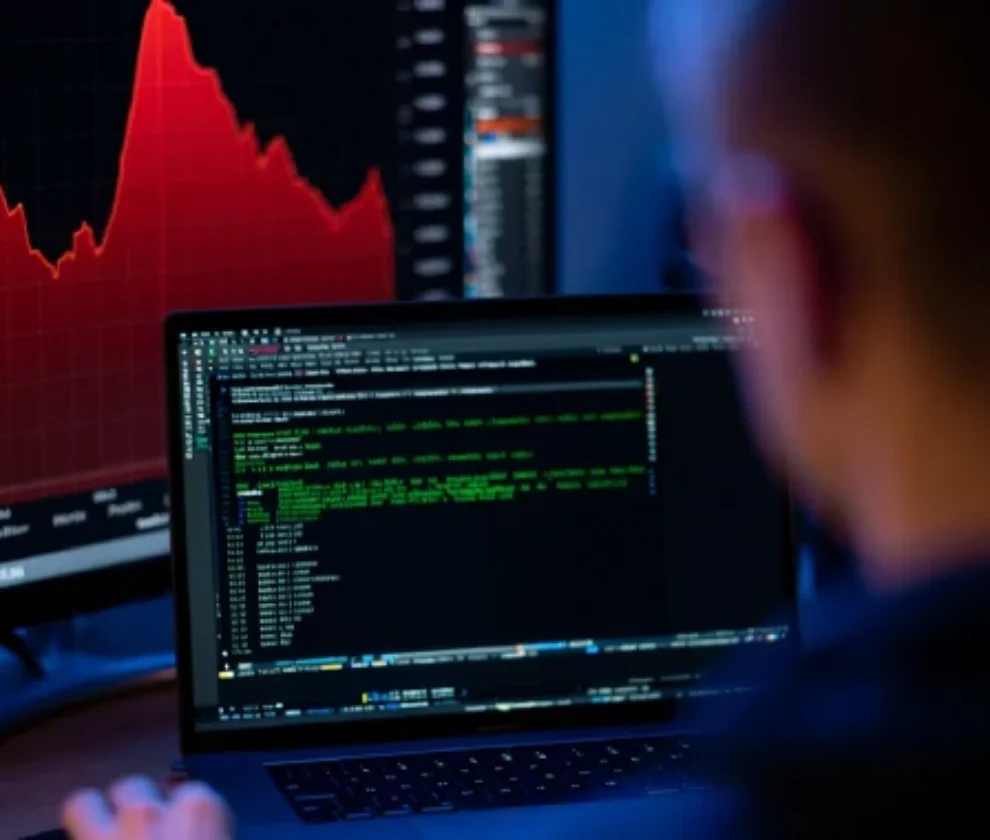DRAGONFORCE – Ransomware Victim: Grupo Serex
Ransomware has become an ever-increasing threat to businesses worldwide, and a recent attack targeting Grupo Serex by the notorious group DRAGONFORCE underscores this pressing danger. In this comprehensive article, we’ll explore the details of the cyberattack, DRAGONFORCE’s modus operandi, and the stark repercussions organizations face from such digital incursions. Whether you’re an entrepreneur, a cybersecurity professional, or merely intrigued by the evolving landscape of cyber threats, this article will provide you with critical insights.
Who Is DRAGONFORCE?
DRAGONFORCE is a well-known cybercriminal entity active within the shadowy depths of the dark web. Renowned for its ransomware operations, the group primarily targets mid-sized businesses and specific industries that yield the highest financial and operational disruptions. Their methodology involves encrypting sensitive company data, rendering it inaccessible until a ransom is paid in exchange for a decryption key. For added leverage, the group often threatens to expose confidential data on the dark web if their demands go unmet.
Their strategic approach combines technical expertise with psychological pressure, leaving their victims little choice but to comply. DRAGONFORCE has consistently exploited vulnerabilities in organizational systems, making them a significant player in the global cybercrime arena.
About Grupo Serex
Grupo Serex, a prominent Venezuelan conglomerate, operates across multiple industries, including logistics, bulk cargo handling, poultry production, animal feed manufacturing, and cacao processing. Their diverse portfolio includes the following divisions:
- Segramar: Oversees bulk cargo management and ship mooring support at ports.
- Transmarine: Delivers comprehensive maritime agency services for bulk vessel operators.
- Transcargo: Specializes in nationwide transport and logistical support for heavy or oversized cargo.
- Proalex: Focused on poultry farming and animal feed production.
- Alto Prado: Manufactures and sells cacao-based products.
A successful ransomware attack on Grupo Serex’s operations could have far-reaching consequences, affecting their data management systems, logistics infrastructure, and even disrupting food production supply chains. Such an impact could cascade through the industries they serve, intensifying operational and financial strain.
The Anatomy of the Attack
The specifics regarding the DRAGONFORCE attack on Grupo Serex are not fully clear. However, based on the group’s reputed tactics, the process likely followed a systematic approach:
- Initial Infiltration: Exploiting software vulnerabilities or conducting phishing campaigns to gain access.
- Scanning the Network: Deploying malware to scan for critical or sensitive data.
- Data Encryption: Locking essential files and halting standard operations.
- Dark Web Leak Page: Launching a leak site to intensify ransom demands, threatening public exposure of data.
In this particular case, a leak page appeared on the dark web on October 8, 2025, showcasing organizational data linked to Grupo Serex. DRAGONFORCE also provided a claim URL, warning they would release further exposed data if their conditions were not met.
How Grupo Serex Was Impacted
The ransomware attack carries severe consequences for Grupo Serex, including:
- Operational Paralysis: Key functions, such as bulk cargo handling, may come to a standstill.
- Data Breach: Exposure of sensitive data like contracts, client information, and production schedules.
- Reputational Damage: Loss of trust from business partners and stakeholders.
- Financial Loss: Costs associated with ransom negotiations and recovering or rebuilding compromised systems.
Ultimately, the scale of damage depends on the amount and nature of the data compromised, as well as the company’s response to the attack.
Inside DRAGONFORCE’s Strategy
DRAGONFORCE employs tactics that exploit outdated security systems and organizational weak points. The group meticulously selects targets, focusing on entities where potential losses are extensive enough to coerce ransom payments. Uniquely, the group amplifies damage by exposing stolen data publicly, creating additional pressure on victims to comply with their demands.
Their dual strategy of encryption and public disclosure ensures maximum leverage—a tactic that highlights the vulnerabilities of businesses that rely on outdated cybersecurity protocols.
Protecting Businesses Against Ransomware
Prevention is the best defense against ransomware attacks. Businesses must adopt a multi-faceted approach to combat cyber criminals like DRAGONFORCE. Key recommendations include:
- Conduct Regular Security Audits: Identify and address vulnerabilities before attackers can exploit them.
- Employee Training: Educate staff on recognizing phishing scams, using secure passwords, and adhering to data protection protocols.
- Backup Solutions: Maintain offline backups of critical data to ensure swift recovery in case of an attack.
- Advanced Detection Tools: Utilize Intrusion Detection Systems (IDS) and monitor network activity for suspicious behavior.
- Incident Response Planning: Establish a clear protocol for immediate action following cybersecurity breaches.
While these measures represent a robust defense, they require ongoing investment in cutting-edge technology and collaboration with cybersecurity experts to stay ahead of emerging threats.
Conclusion
The ransomware attack against Grupo Serex is a grim reminder of the ever-present risks in today’s digital landscape. Businesses, regardless of size, must prioritize cybersecurity to protect their operations and sensitive data. From regular audits to employee training and advanced security tools, a proactive and comprehensive strategy is essential.
As ransomware groups like DRAGONFORCE continue to target organizations, vigilance and adaptability stand as the greatest defenses. Stay informed, stay prepared, and safeguard your business against the evolving threats of the cyber realm.


